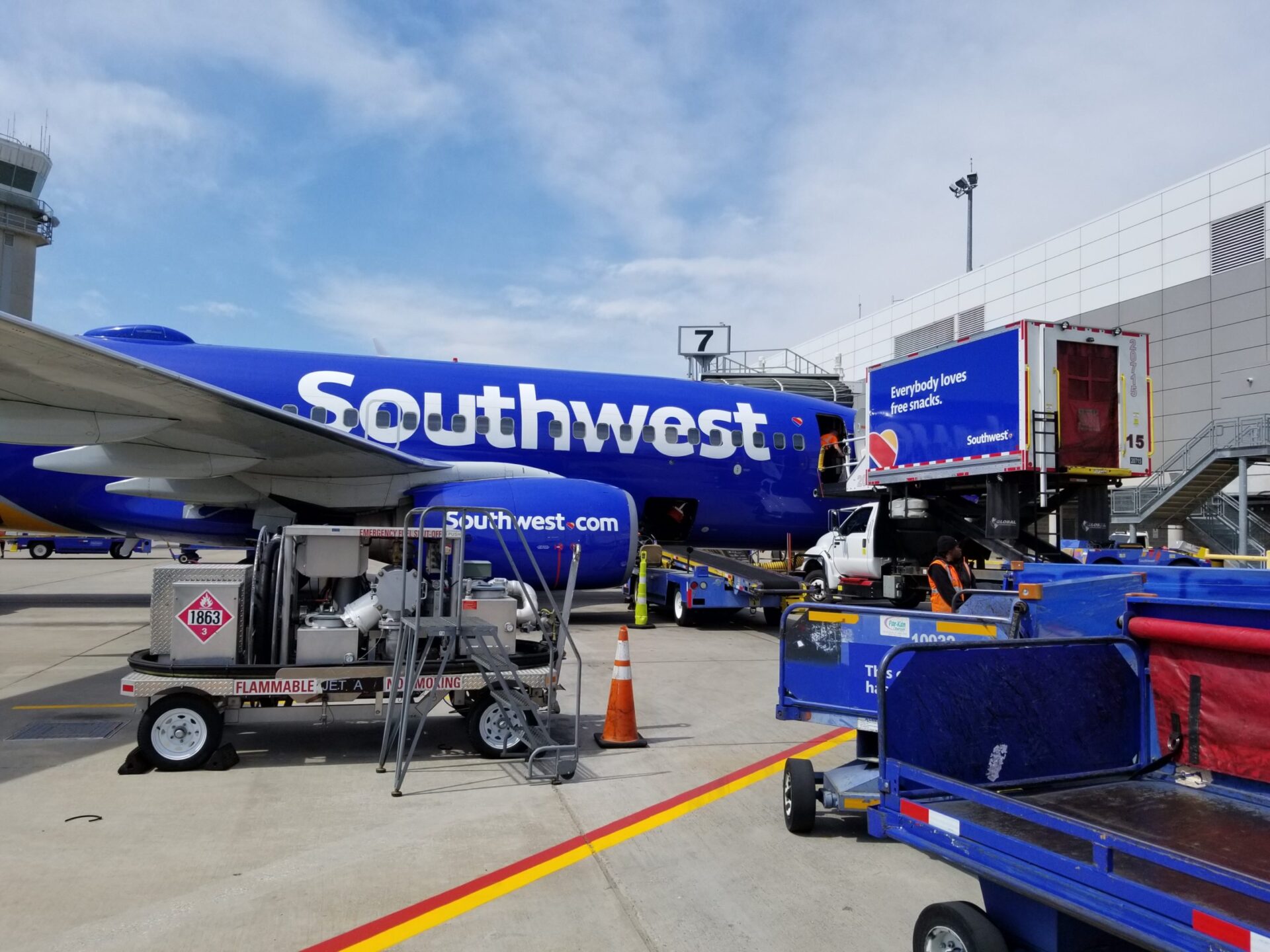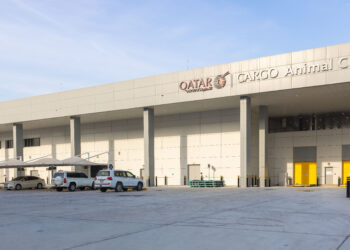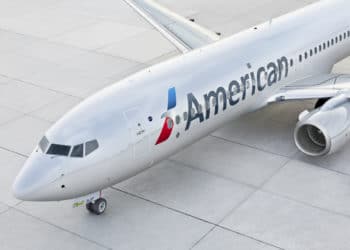No products in the cart.
Schiphol: Belly volume up, freighter volume down
The saga continues for Amsterdam Schiphol Airport (AMS) – traditionally, one of Europe’s most popular cargo hubs – following news that its Q1 2018 declines in cargo volumes have continued through Q2, due to a continued slot shortage issue for freighters. While the airport has seen volume in carrier’s belly cargo increase, it said “slot restrictions continue to impact overall volume.”
The North American market saw an 11 percent inbound decline to 64,768 tonnes, while outbound traffic dropped by 4 percent to 79,055 tonnes.
“Shanghai remains our main destination through the continued increase in e-commerce in China, reaching more than 31,000 tonnes in the first six months of 2018, followed by the U.S. with more than 22,000 tonnes,” said Maaike van der Windt, the airport’s director of aviation marketing, cargo and customer experience. Still, the Asian inbound market decreased 2 percent, compared to the same period last year, to 147,122 tonnes. Outbound traffic decreased by 3 percent, year-over-year, to 150,623 tonnes.
The Latin American market’s volume at the airport, however, increased “due to a network extension on the continent,” Schiphol said, with inbound cargo up 9 percent, y-o-y, to 65,255 tonnes and outbound cargo increasing by 15 percent 40,445 tonnes over the same period.
African outbound cargo grew by 7 percent, y-o-y, to 26,674 tonnes, suggesting an increased interest in trade between the two regions, with leaders like DHL Global Forwarding investing in African economies as of late. Inbound traffic, however, was down 5 percent, y-o-y, to 56,733 tonnes.
Inbound cargo from the Middle East also decreased by 2 percent to 42,666 and 11 percent to 55,218 tonnes outbound.
“The mid-year figures reflect our expectations for a decrease in overall freighter ATMs as we continue to face capacity constraints,” said van der Windt.
For an in-depth look at the situation at Schiphol, read our March feature.
















